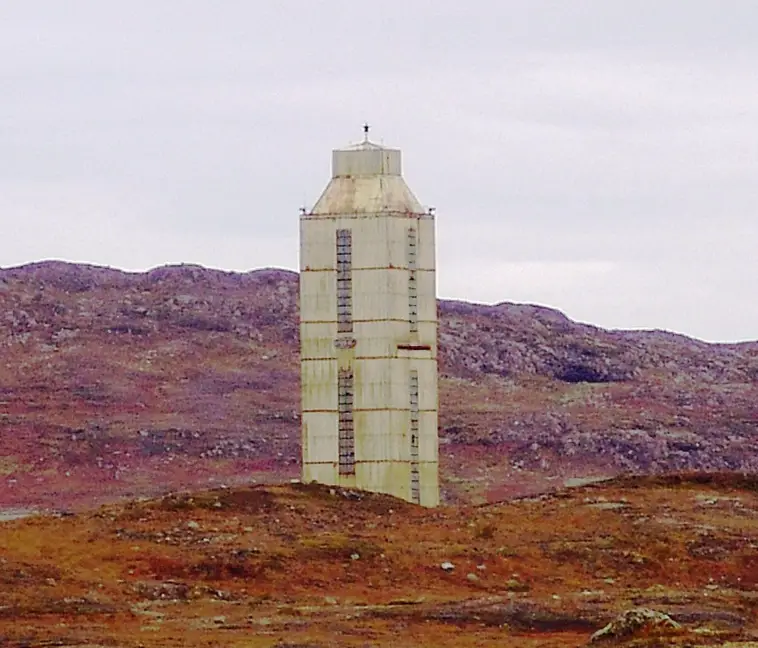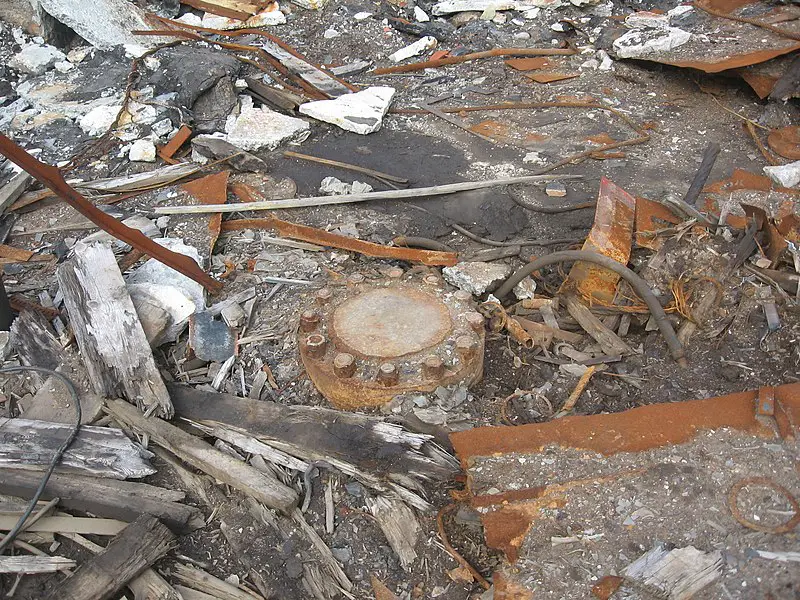
For 24 years, Soviet scientists dug deeper into the Earth’s surface than anyone had ever done before. The result was the Kola Superdeep Borehole located on the Kola Peninsula in Russia.
The ambitious project began in the 1970s, and scientists in the former Soviet Union began to drill a hole that was just 9-inches (22.9 cm) in diameter. The hole eventually extended 7.5 miles (12.1 km) into the Earth’s crust, farther than the deepest point in the ocean, Challenger Deep in the Marianas Trench in the Pacific Ocean at 6.8 miles (10.9 km).
What did the scientists learn, and what did they find at these incredible depths? Quite a lot, actually. They found single-celled plankton organisms at 4.3 miles (6.9 km) down, and at nearly the same depth, they discovered water. They also discovered that the temperature reached 356° F (180° C) at the bottom of the hole, which was more than their estimates. This became the reason the hole had to be eventually abandoned in 1994. The hole was simply too hot for drilling to continue. The environment became more liquid because of the hot conditions, and the borehole was increasingly more difficult to maintain. Plus, it ruined the equipment quickly.
But the scientists were able to more accurately estimate the distance to the center of the Earth to almost 4,000 miles (6,347 km). Their hole was only a drop in the bucket compared to the massive distance farther to the Earth’s center. The hole barely made it into the Earth’s crust, which is about 23 miles (37 km) thick. The goal had been to extend into the Earth’s mantle, which is approximately 1,800 miles (2,896 km) thick under the crust.
The first attempt at getting to the mantle took place in 1958 off the coast of Guadalupe, Mexico, in the Pacific Ocean called Project Mohole. American engineers drilled in 11,700 feet (3,566 m) of water and extended a hole 601 feet (183 m) beneath the seafloor. The project ran out of funding in 1966. The next large attempt happened from 1987 to 1995 when the German Continental Deep Drilling Program was begun by German scientists in Bavaria. They managed to get about 5.7 miles (9.2 km) down and discovered temperatures that reached as high as 600° F (316° C). They too, ran out funding.
Since the Earth’s crust is thinner under the ocean floor, that is where the next attempt at going deeper is set to take place. The Chikyu, a specialized Japanese drill ship, has the record for the deepest offshore hole used for scientific purposes at almost 2 miles (3.2 km) beneath the seafloor. An international team that is using the Chikyu is now attempting to go deeper. The Integrated Ocean Drilling Program was begun in 2003 and is trying to get to the Earth’s mantle, where temperatures can start at 1,600° F (871° C). The program will take many years, and its cost may reach $1 billion.
Sources: Smithsonian Magazine, Slate, Atlas Obscura



